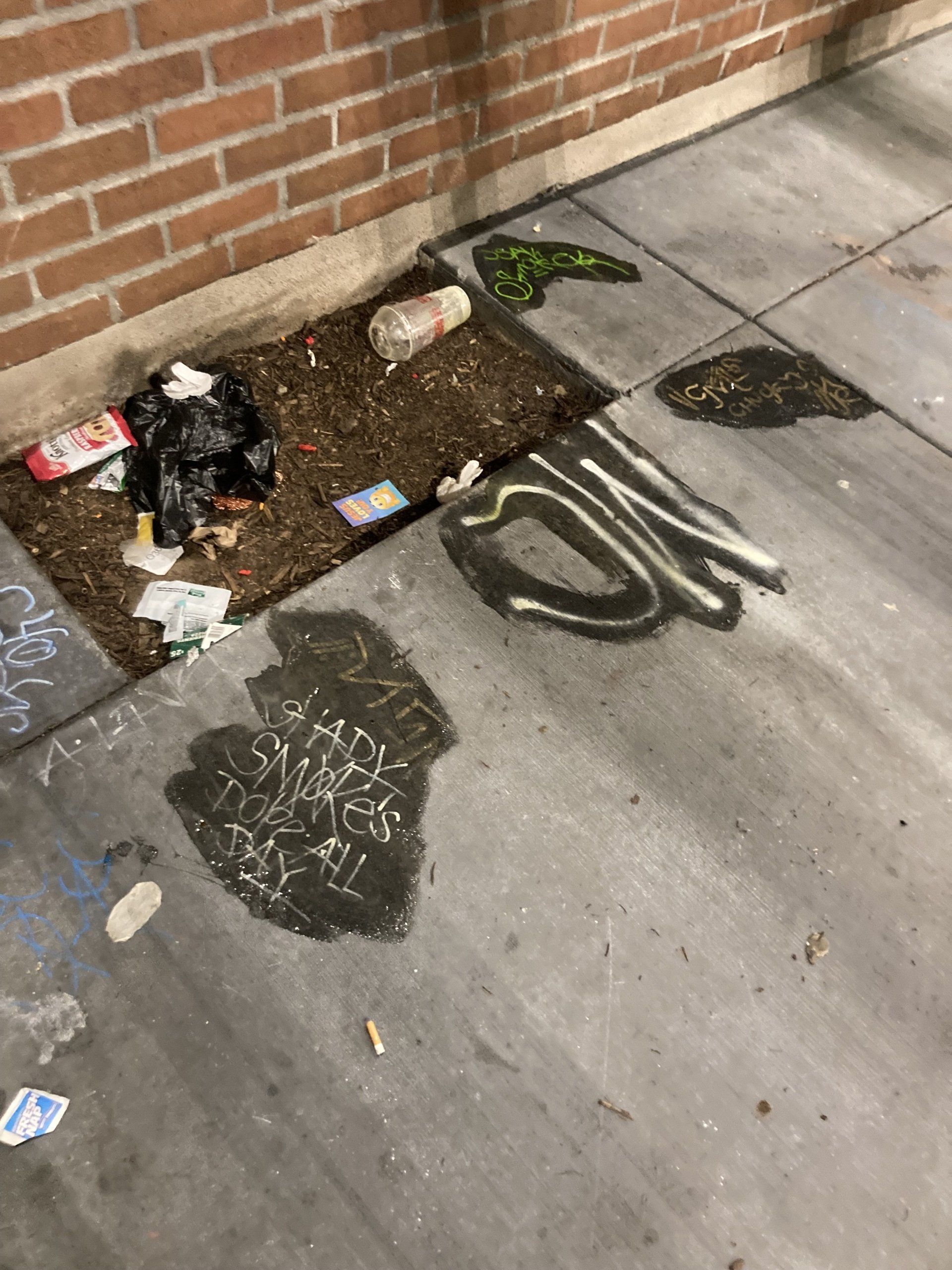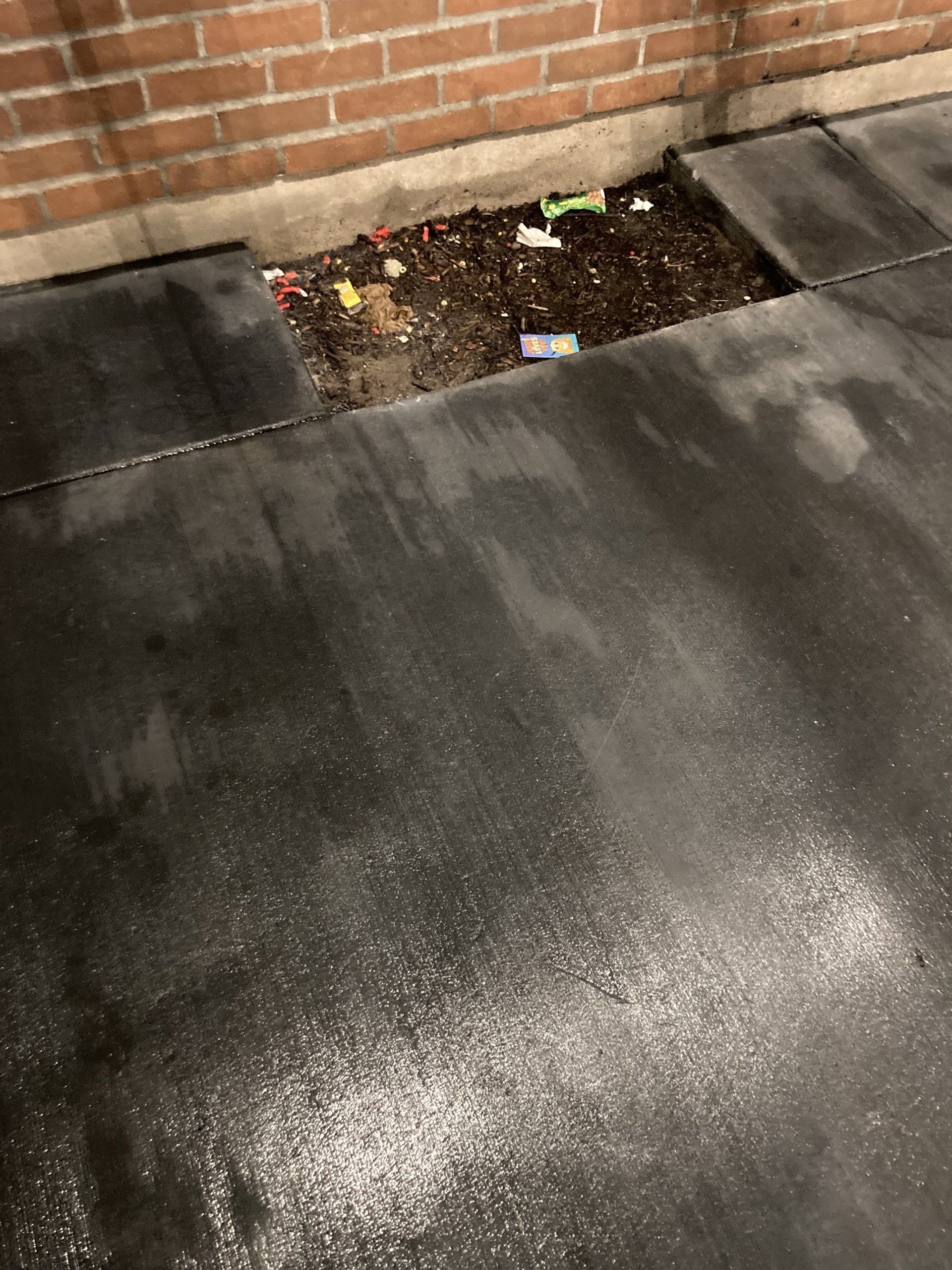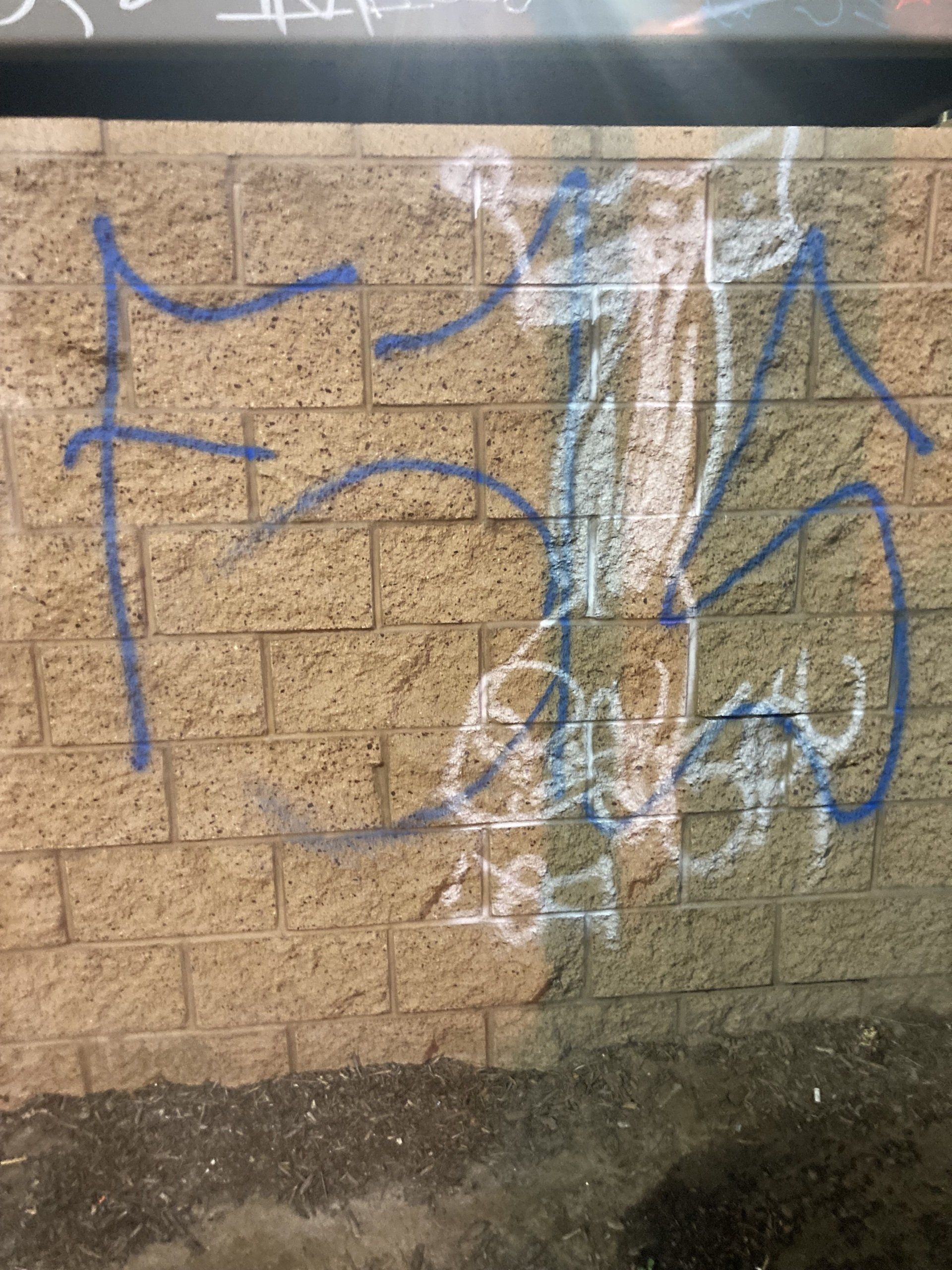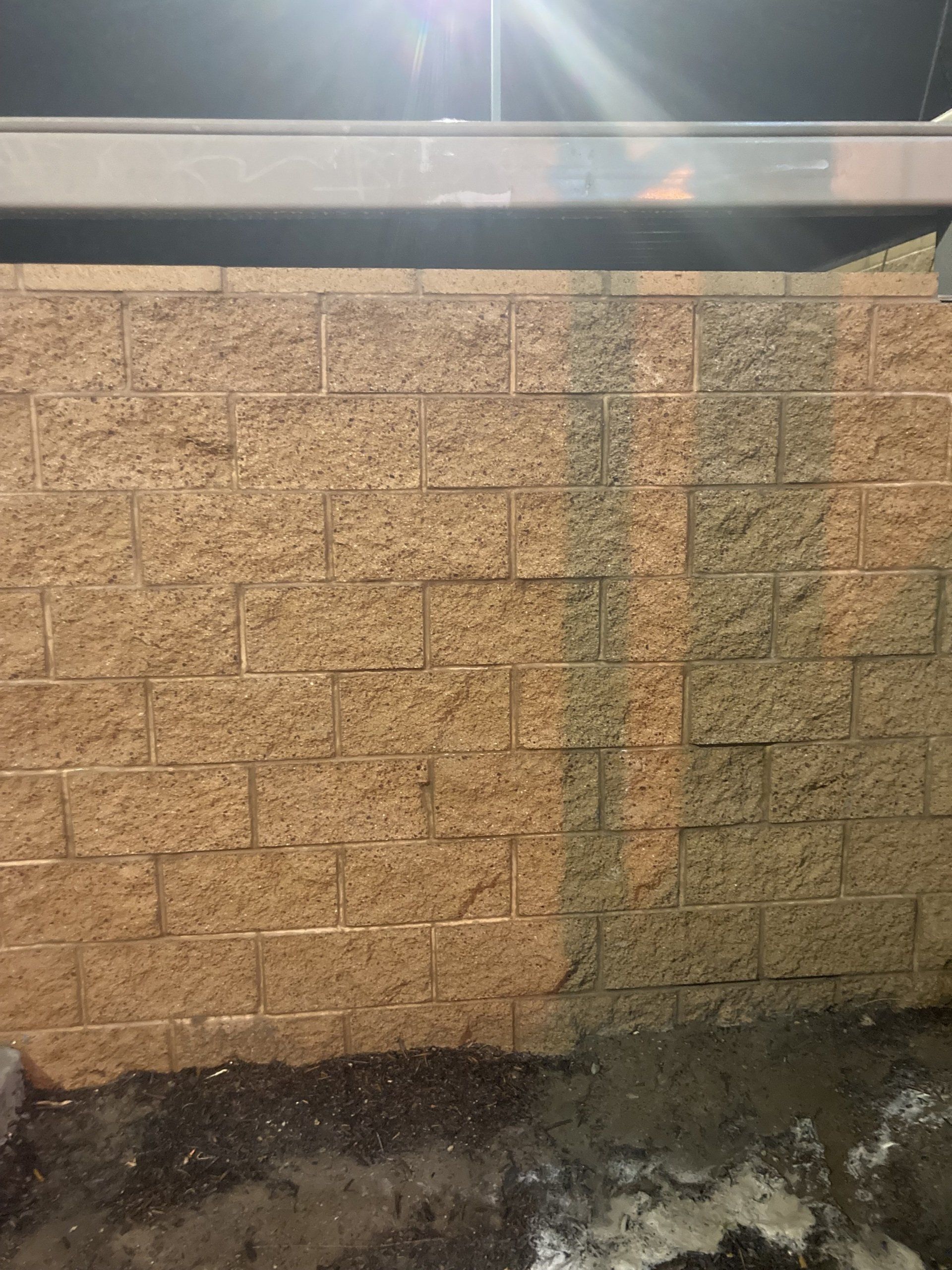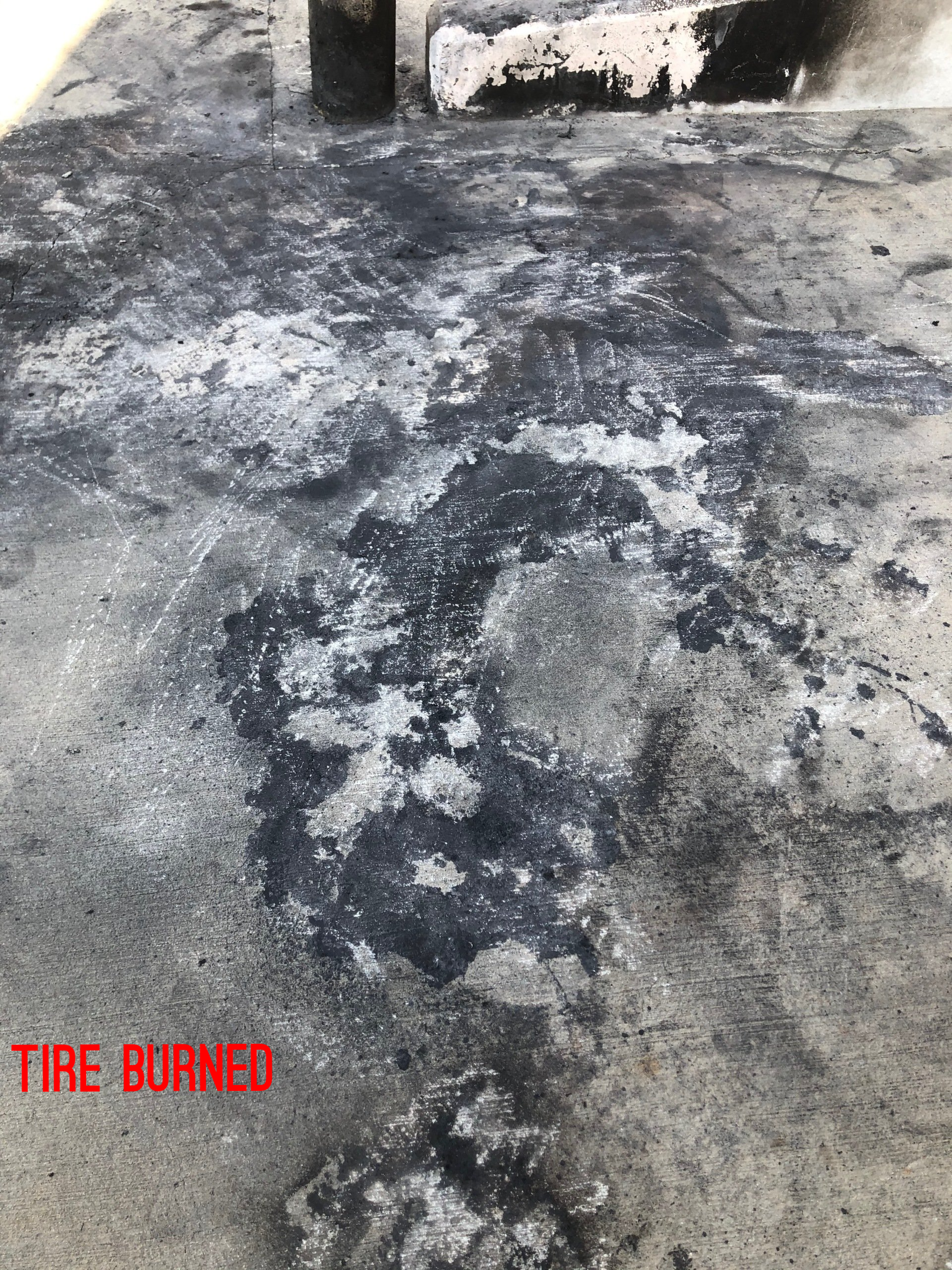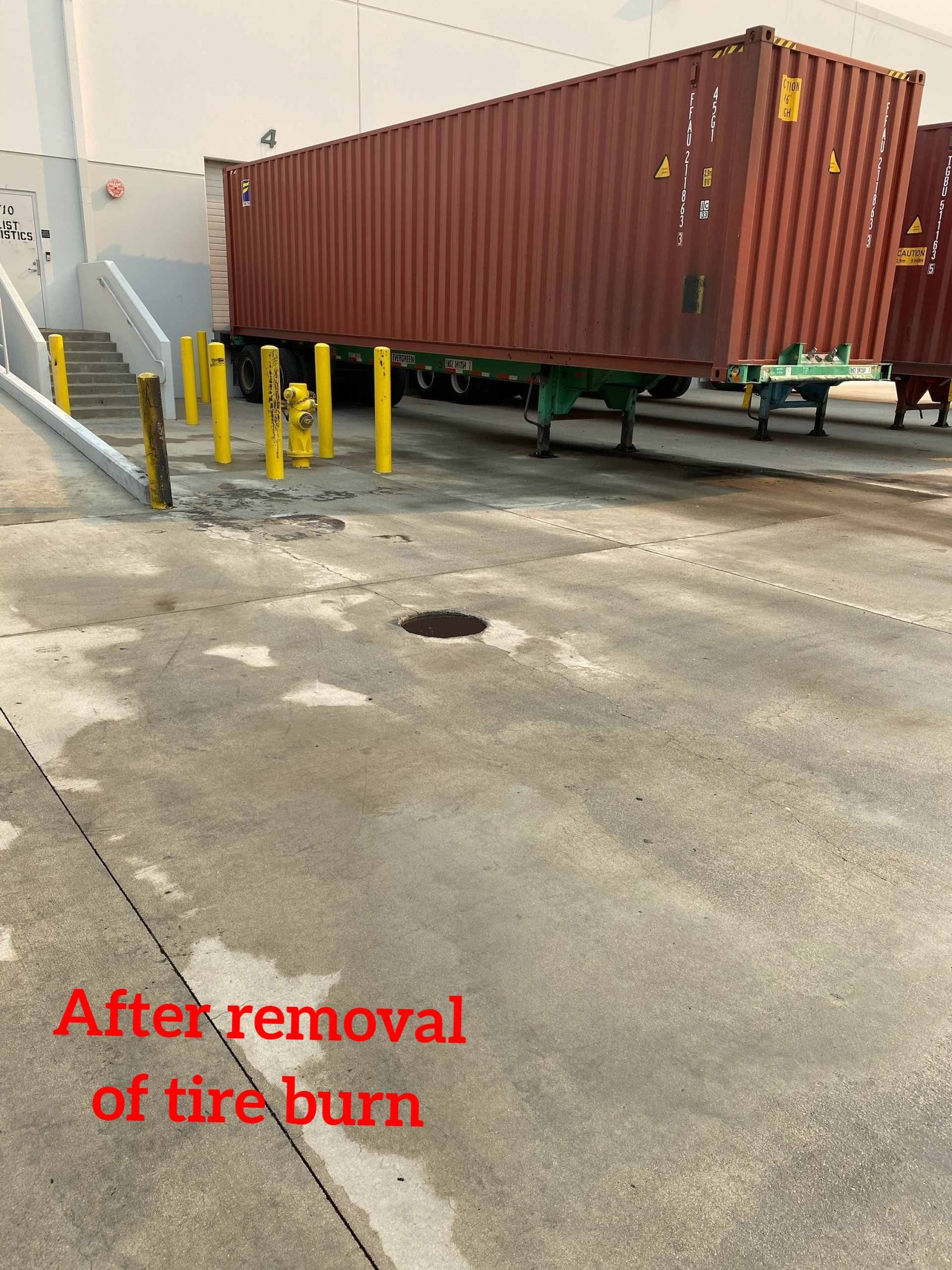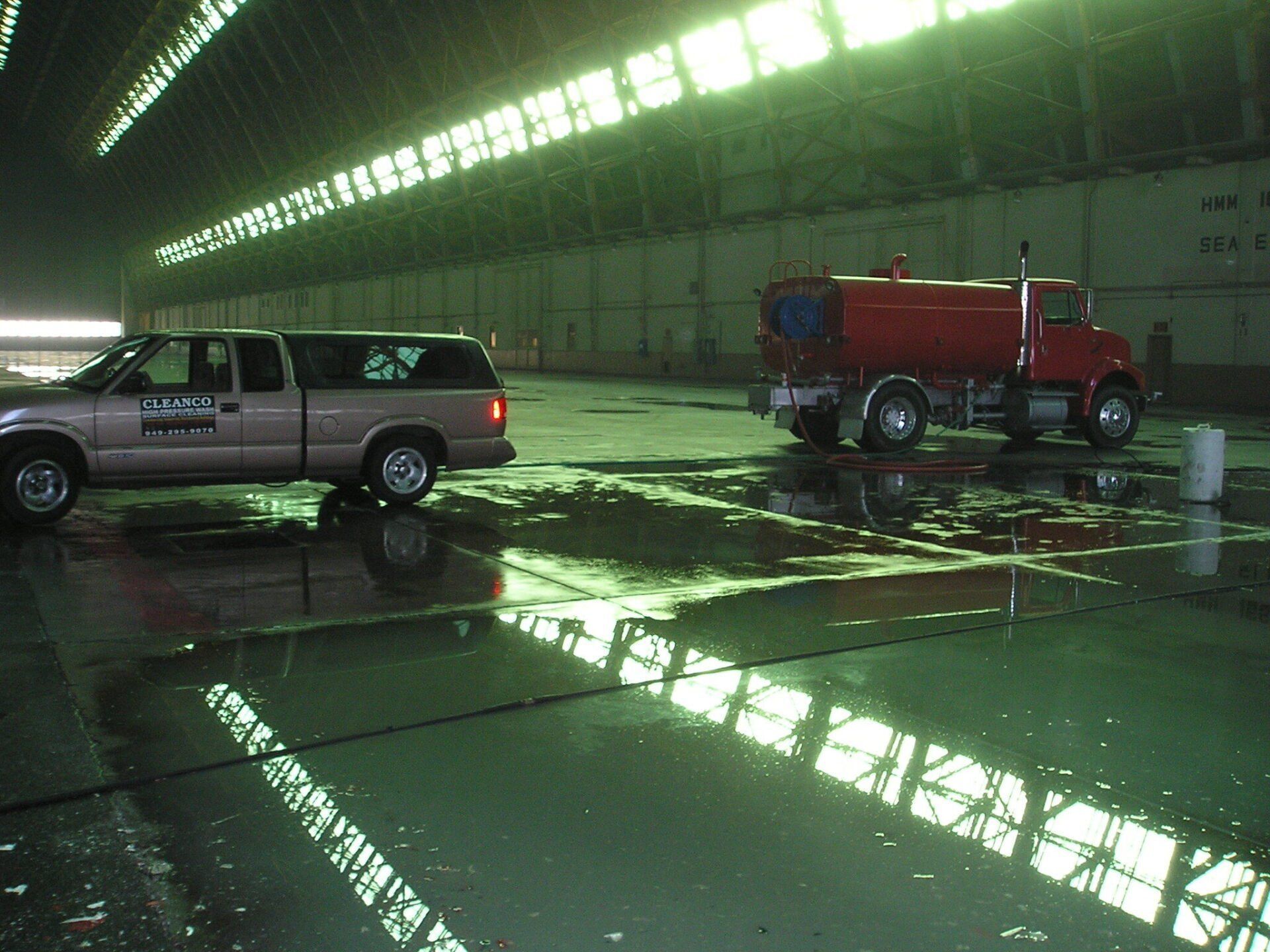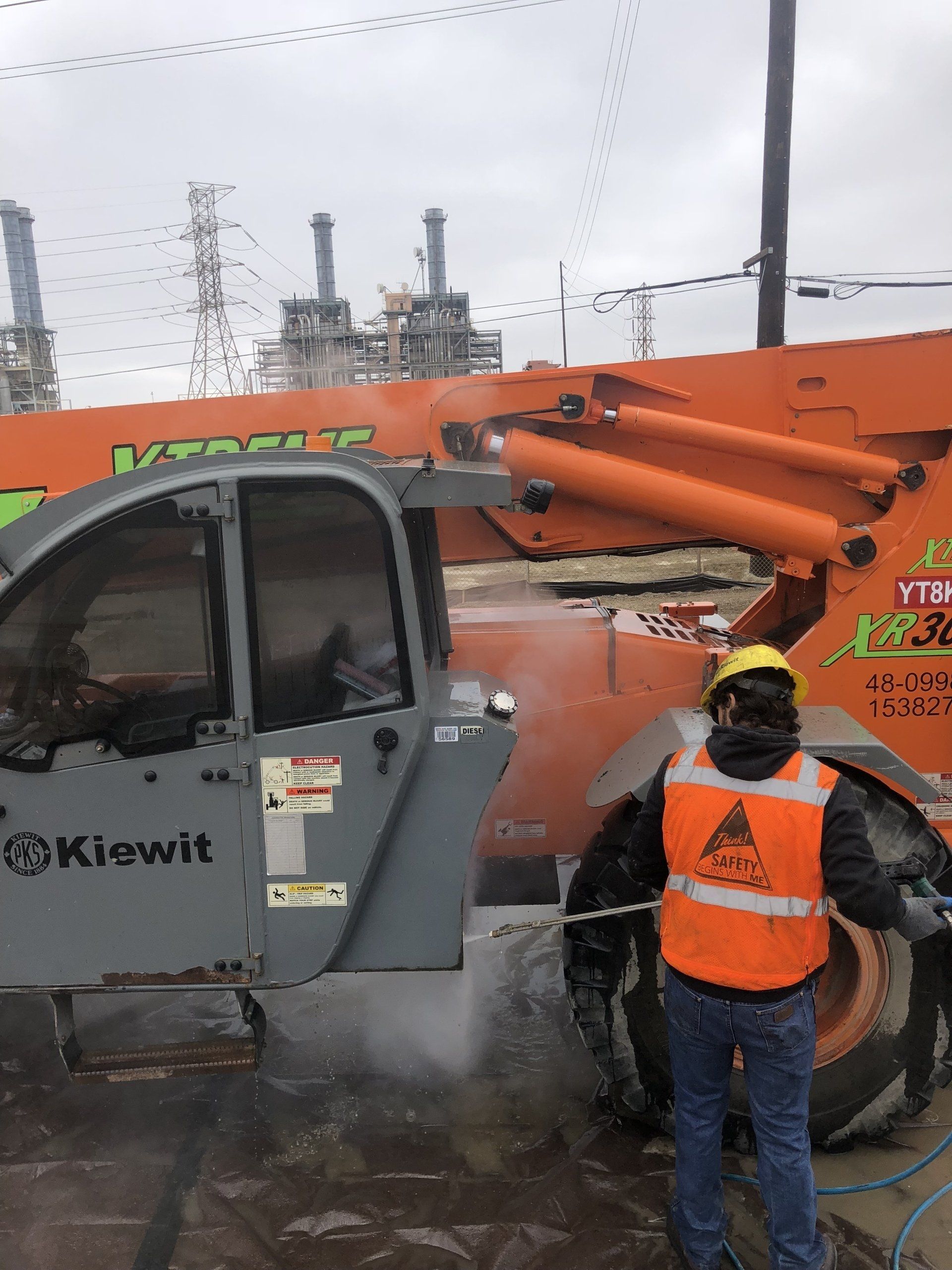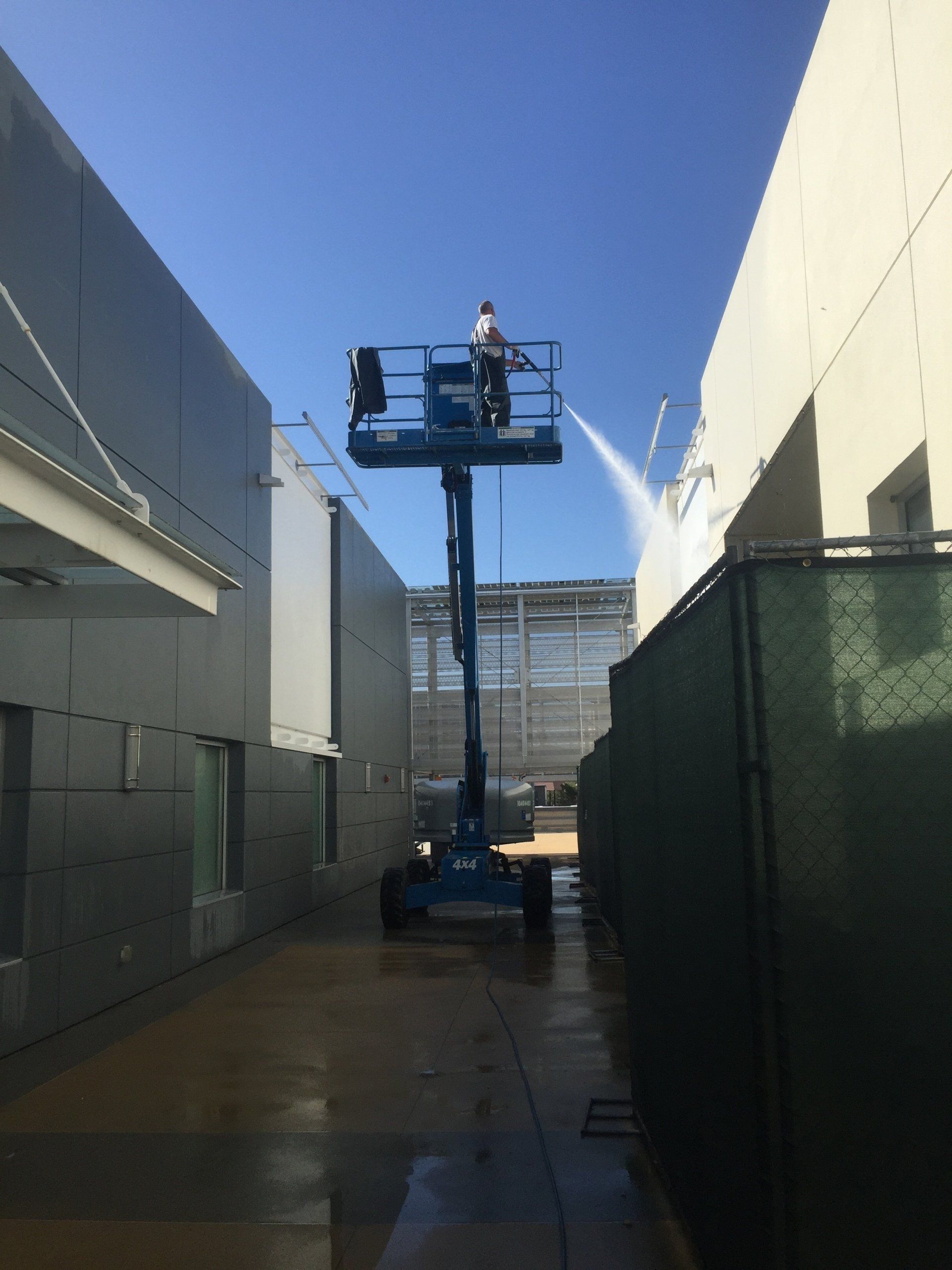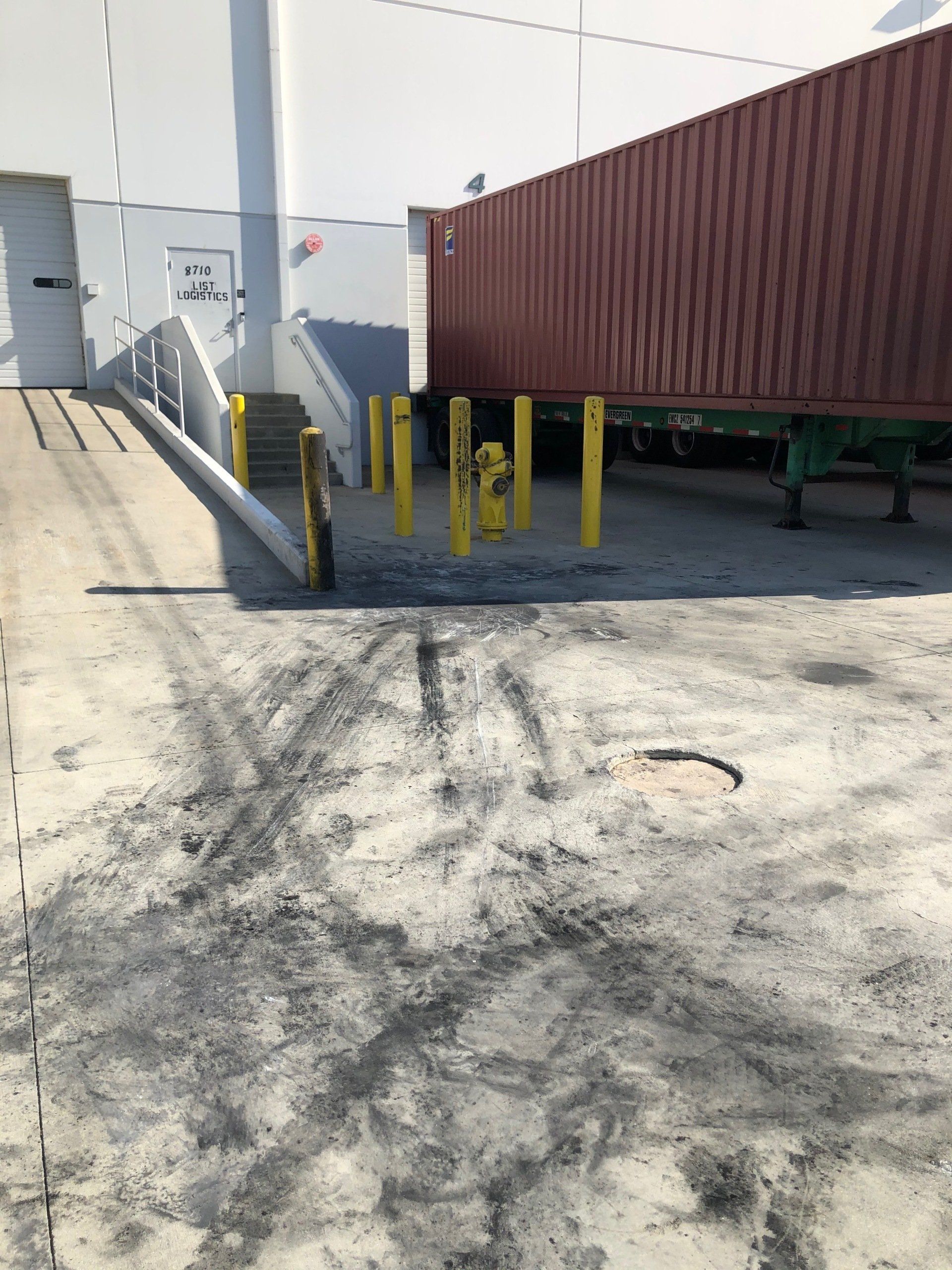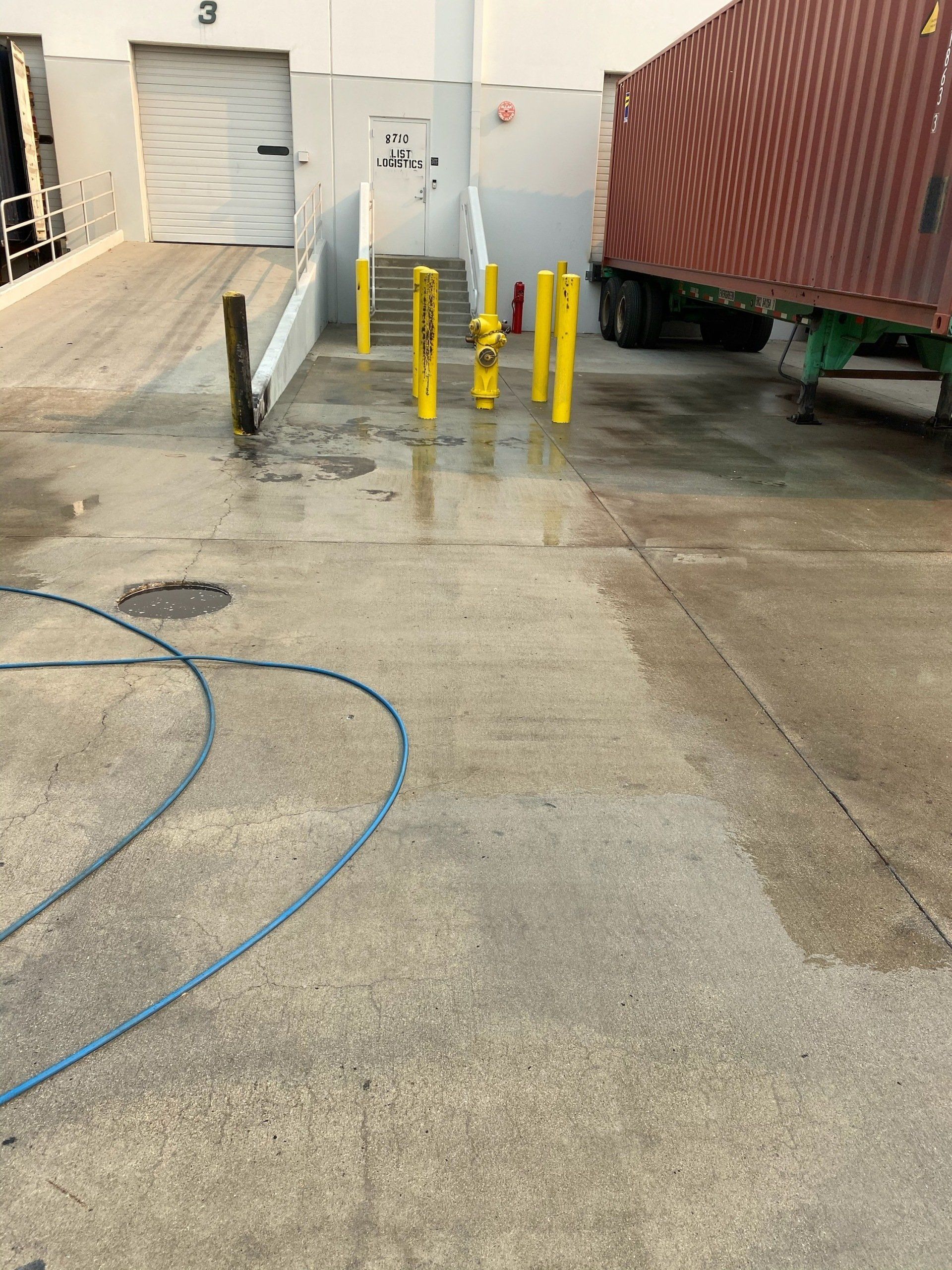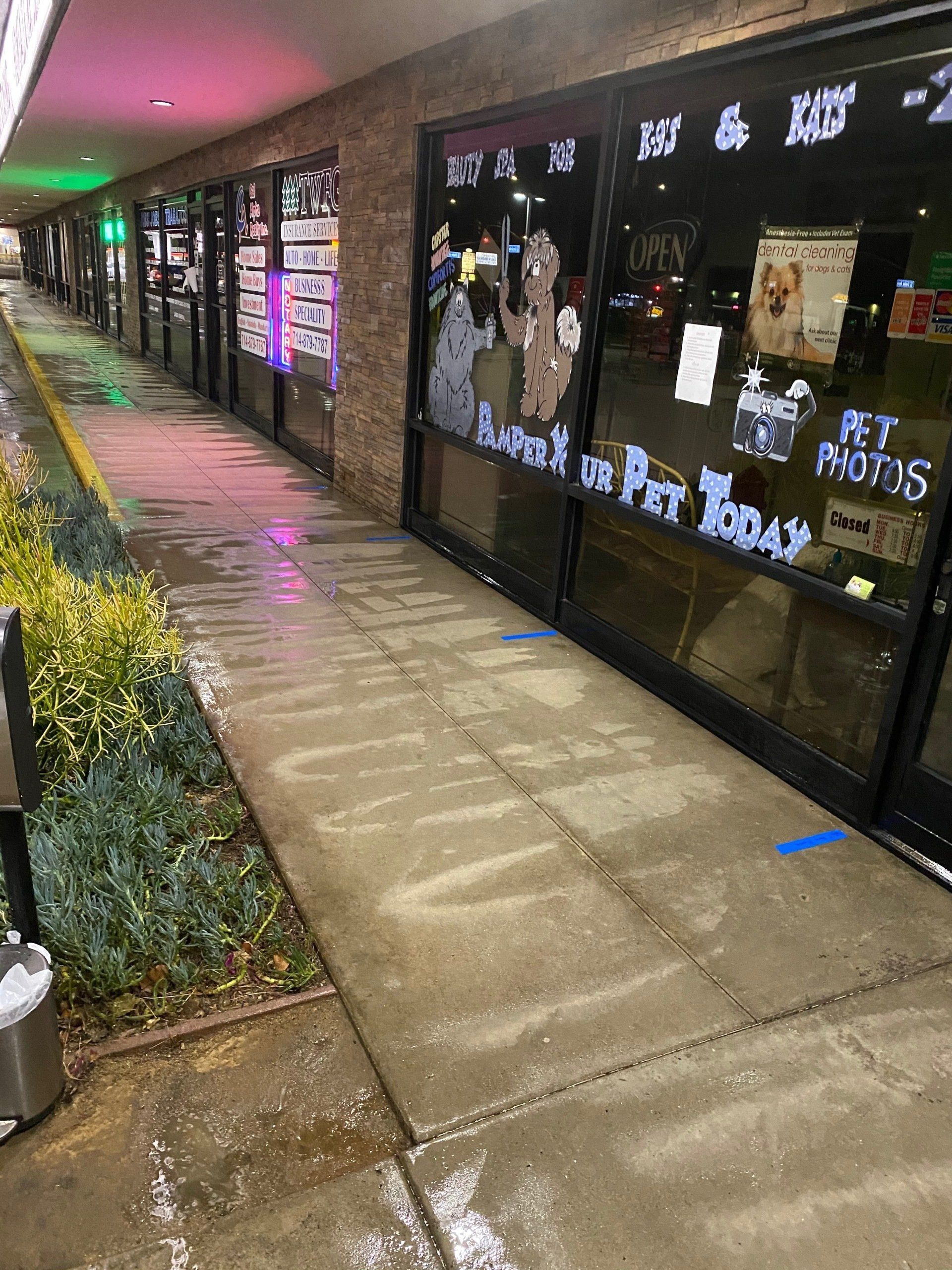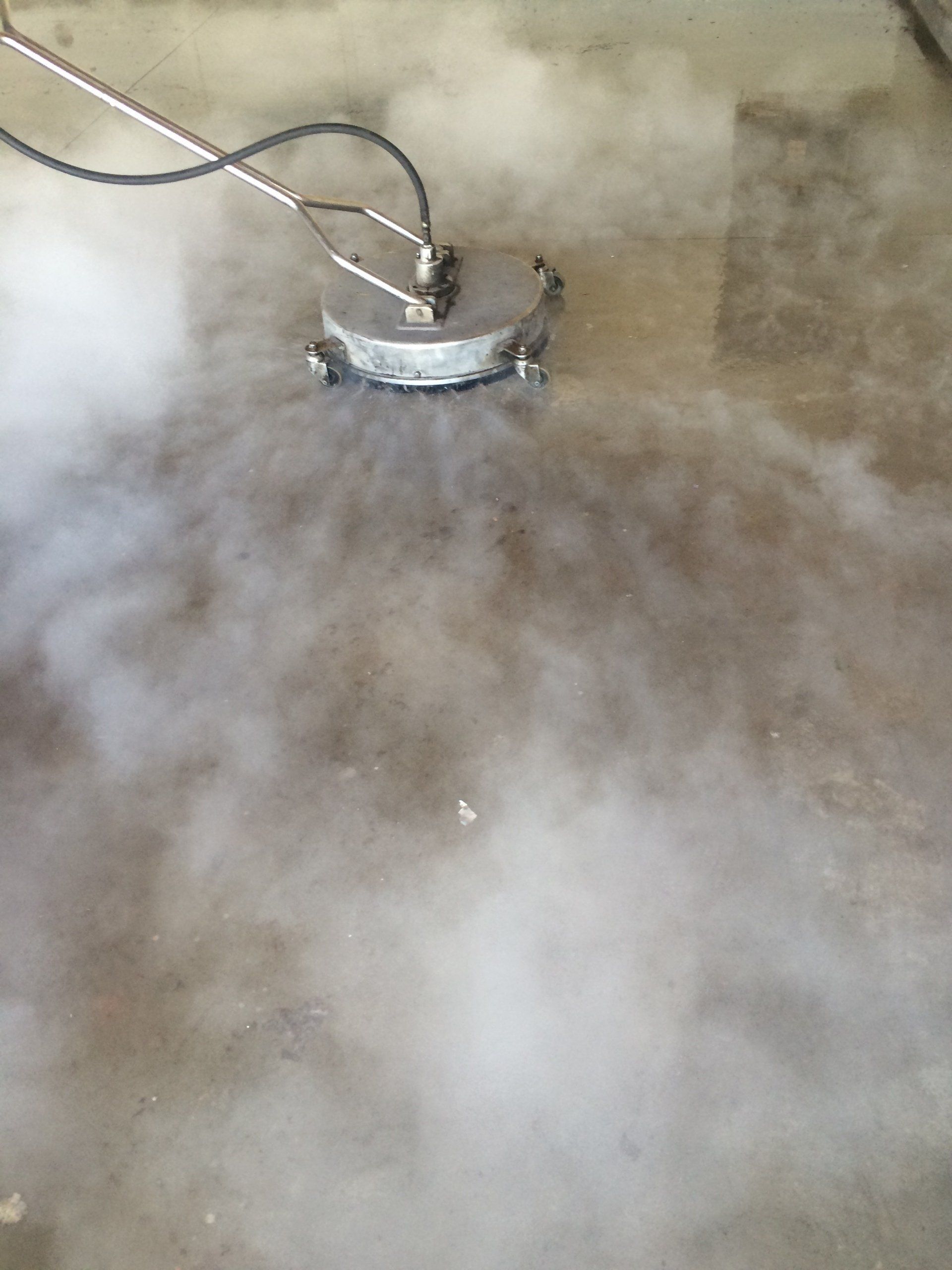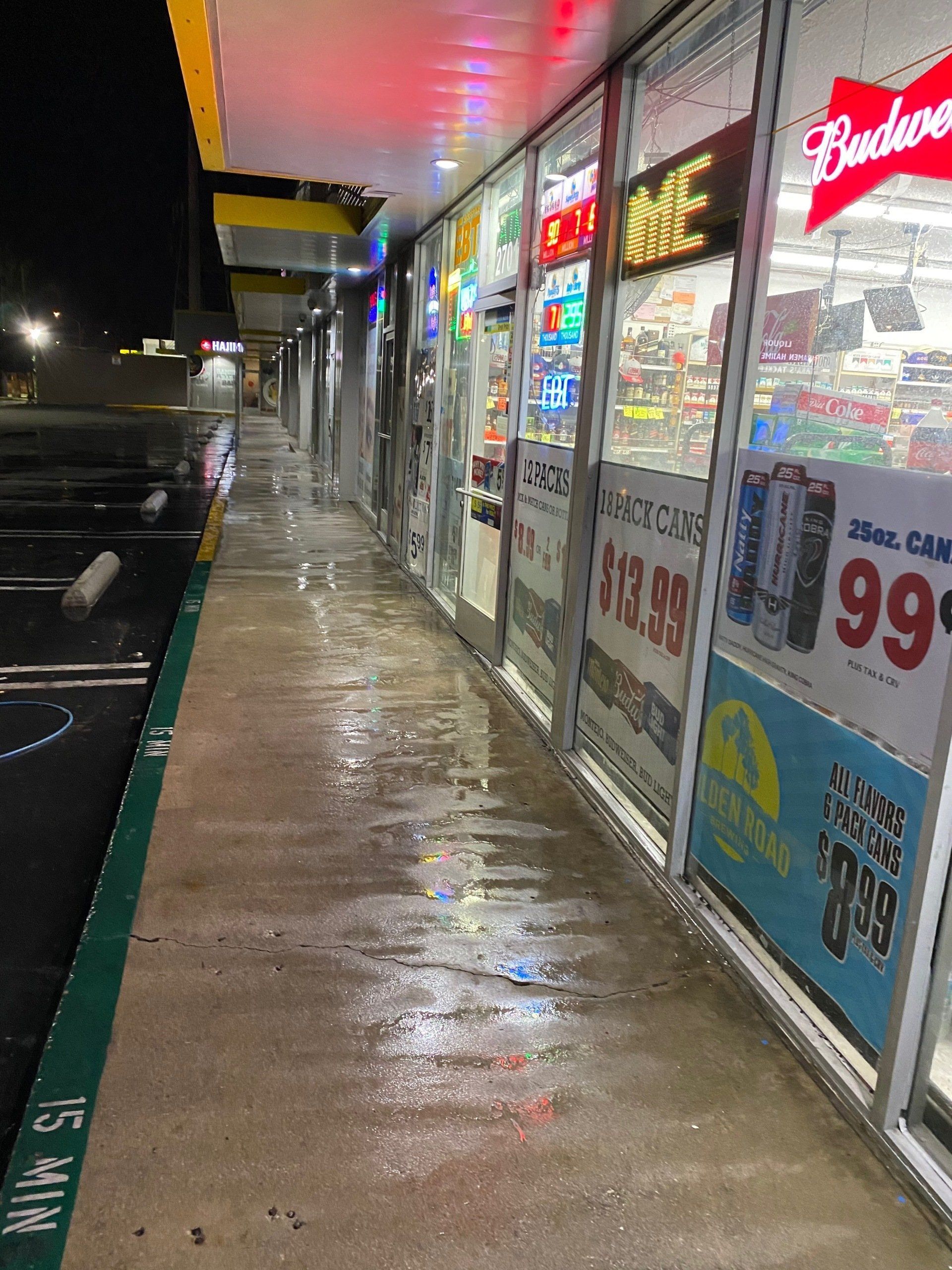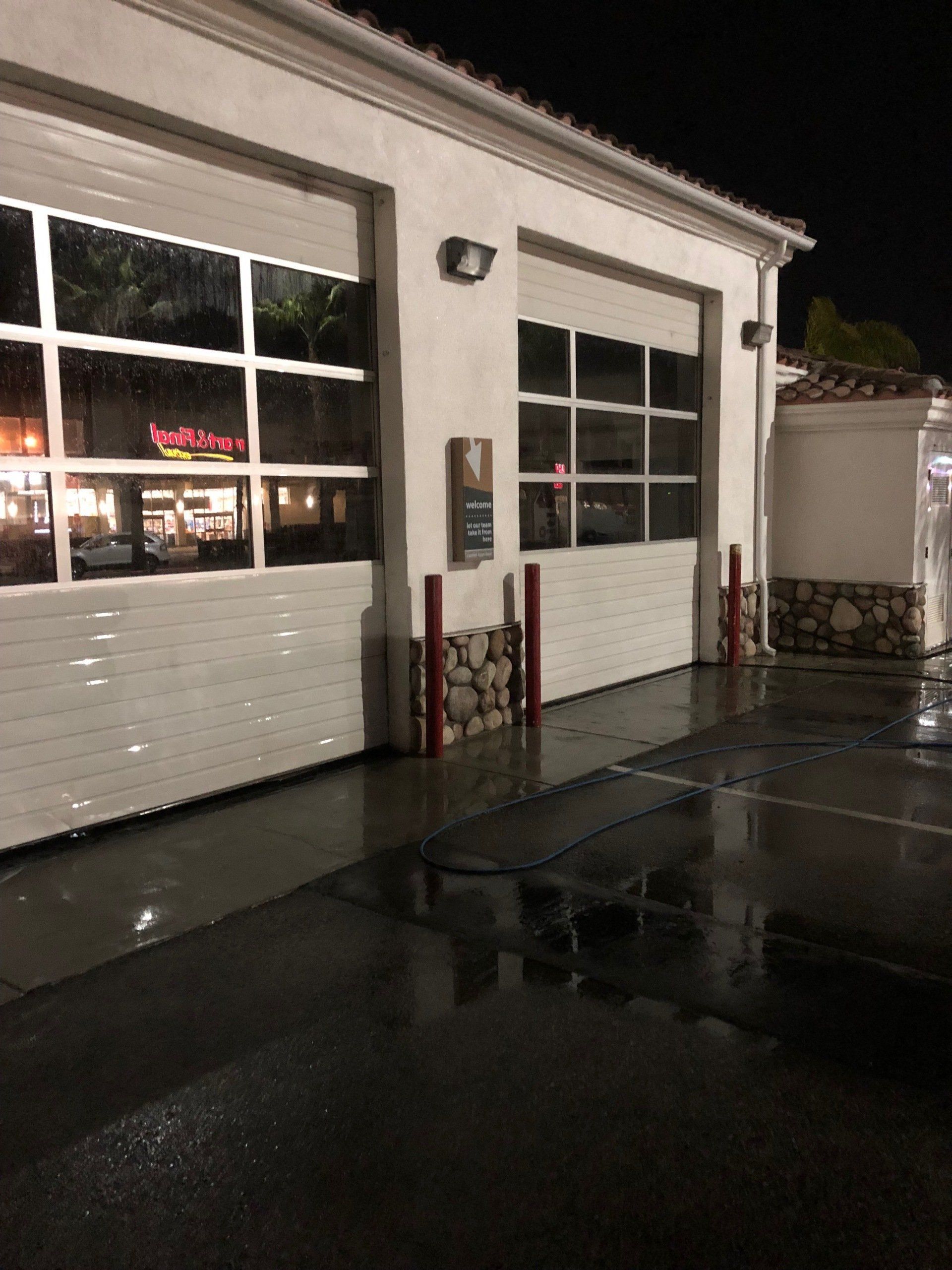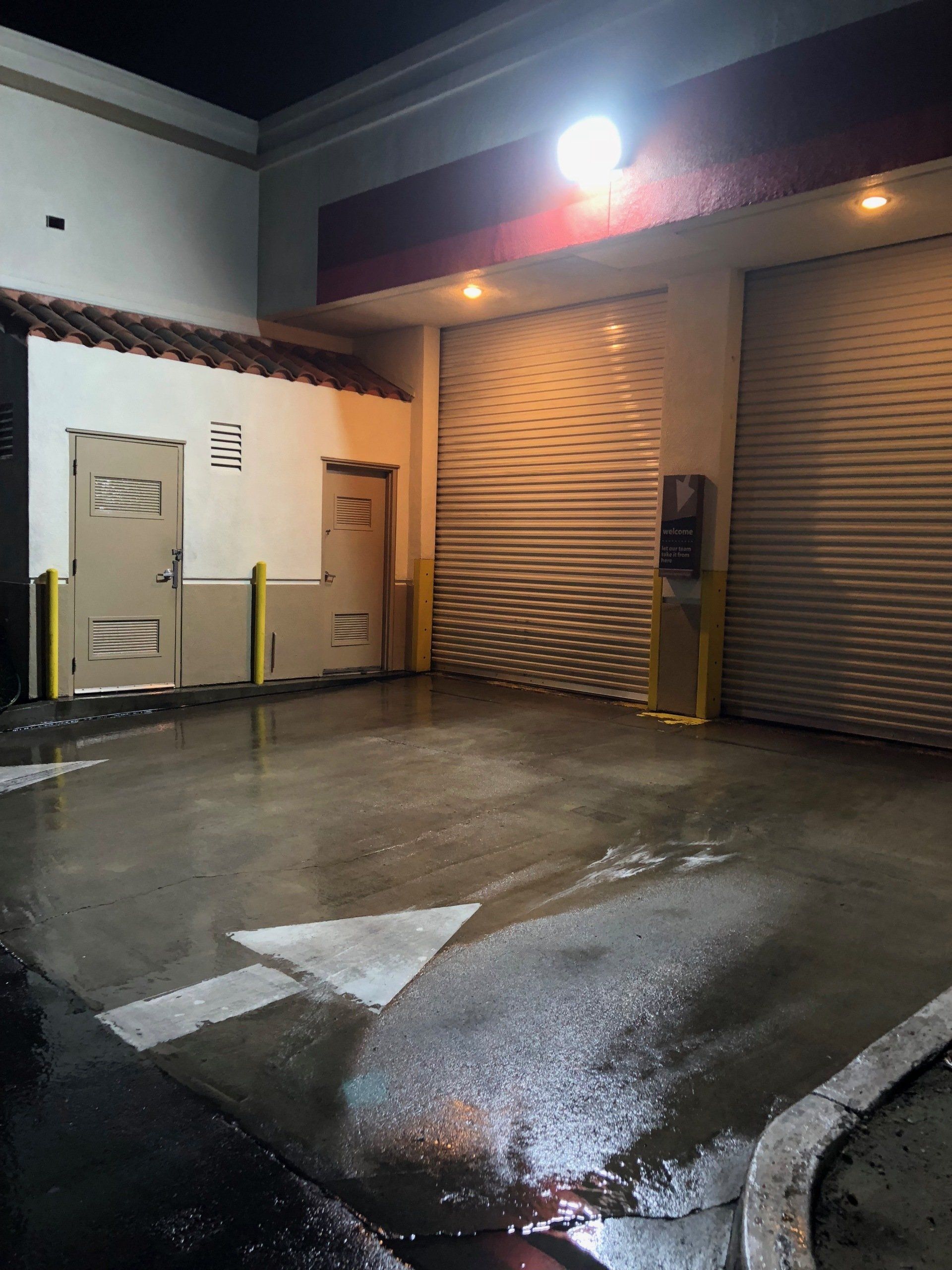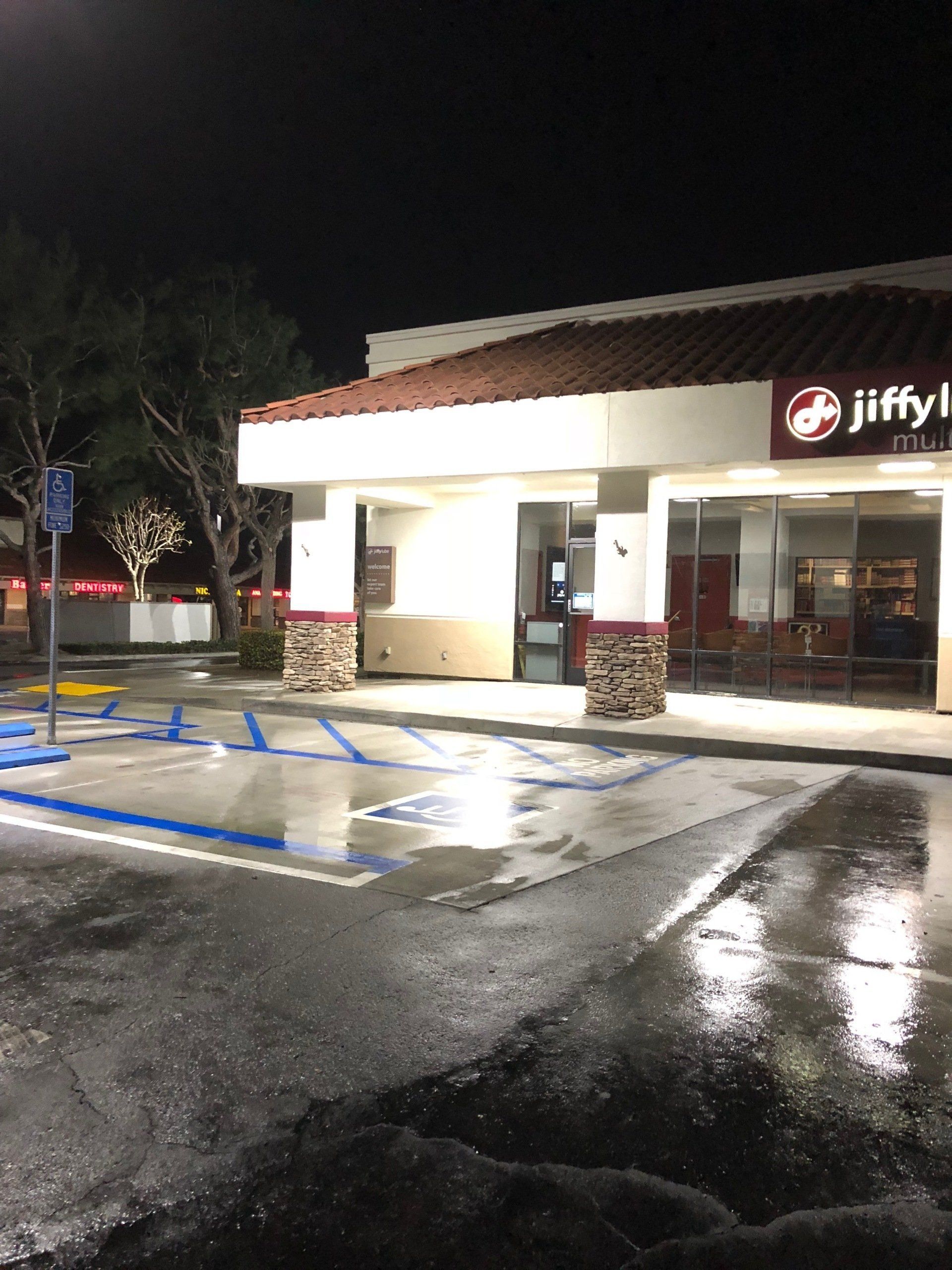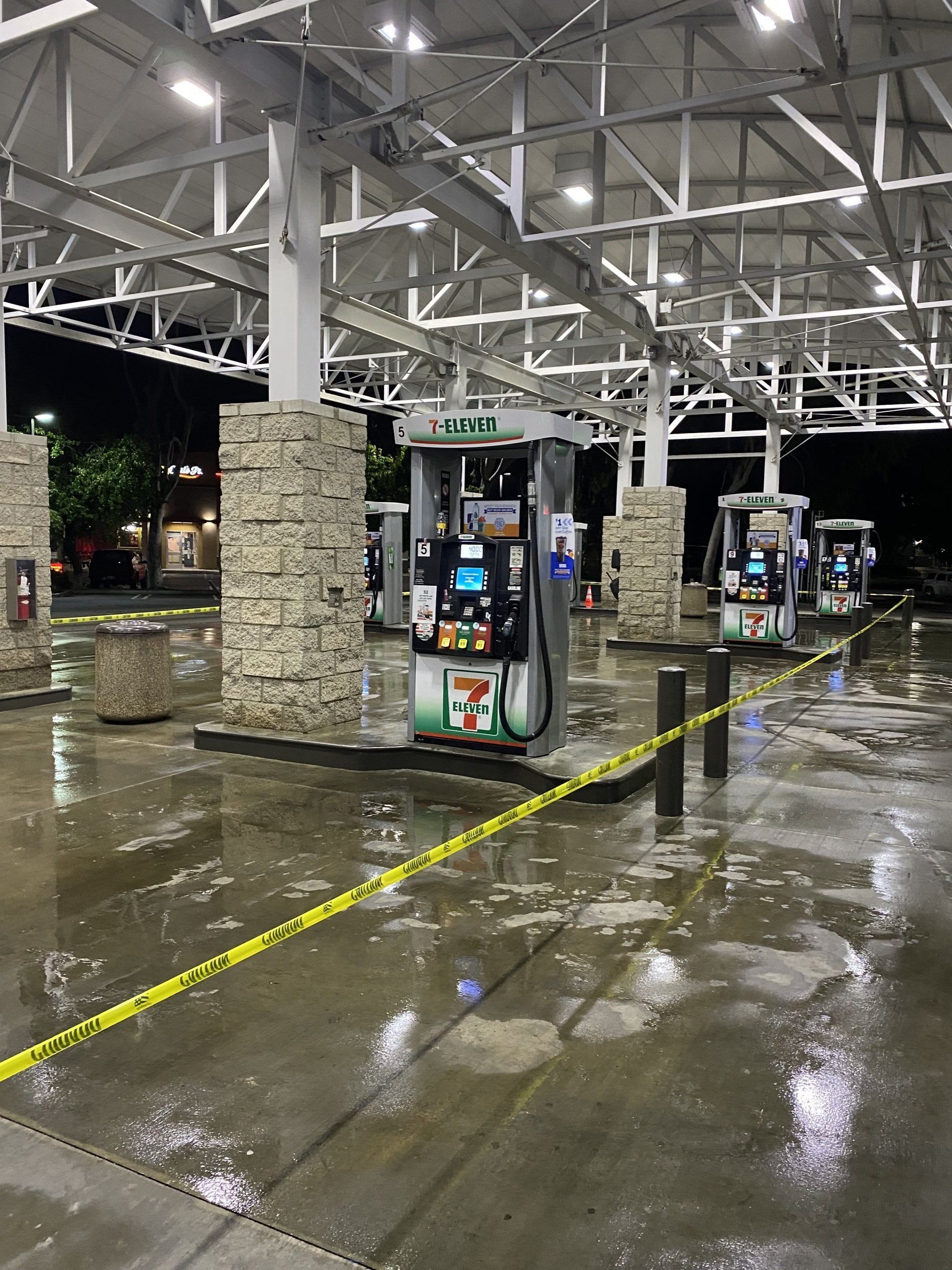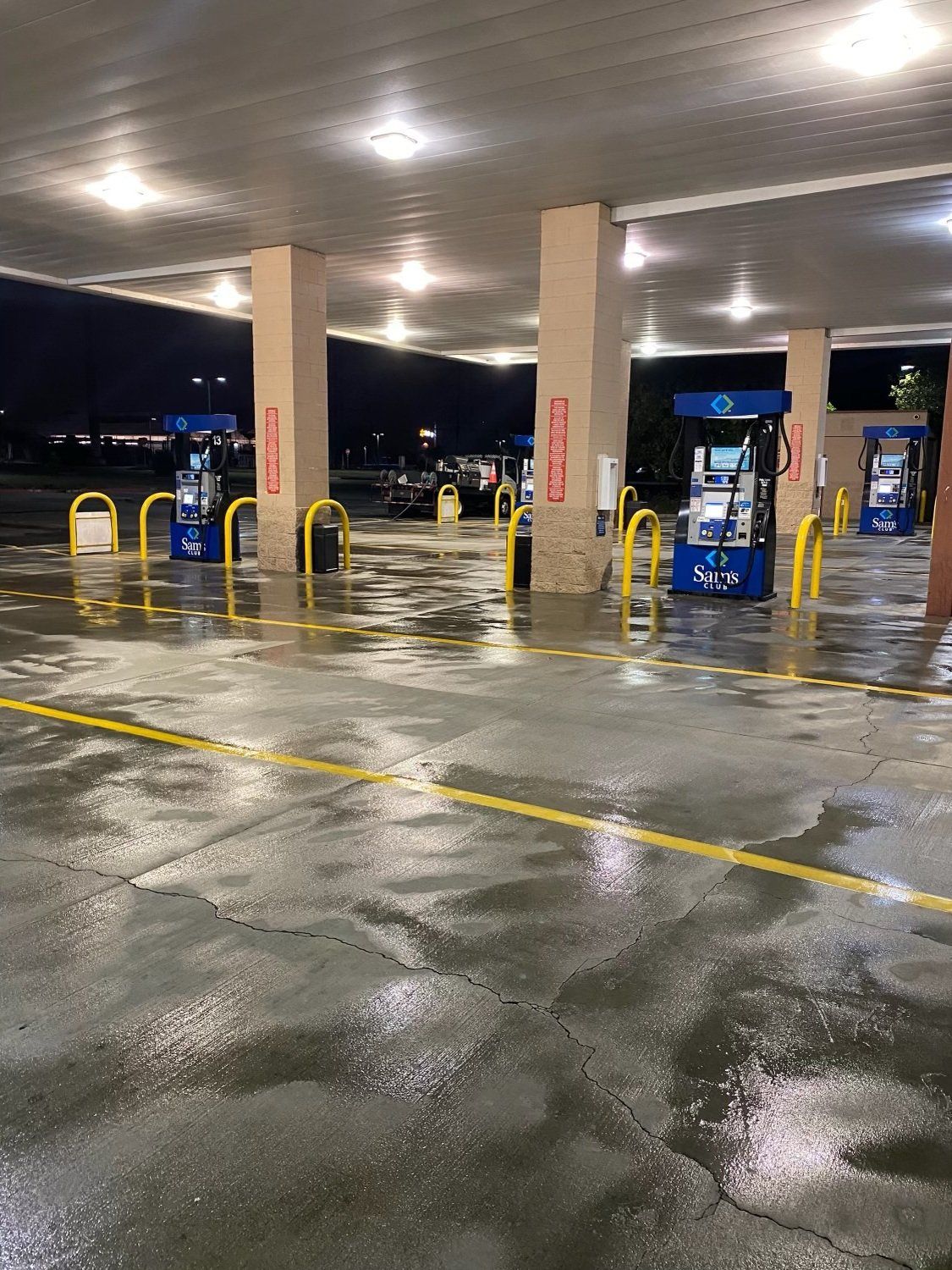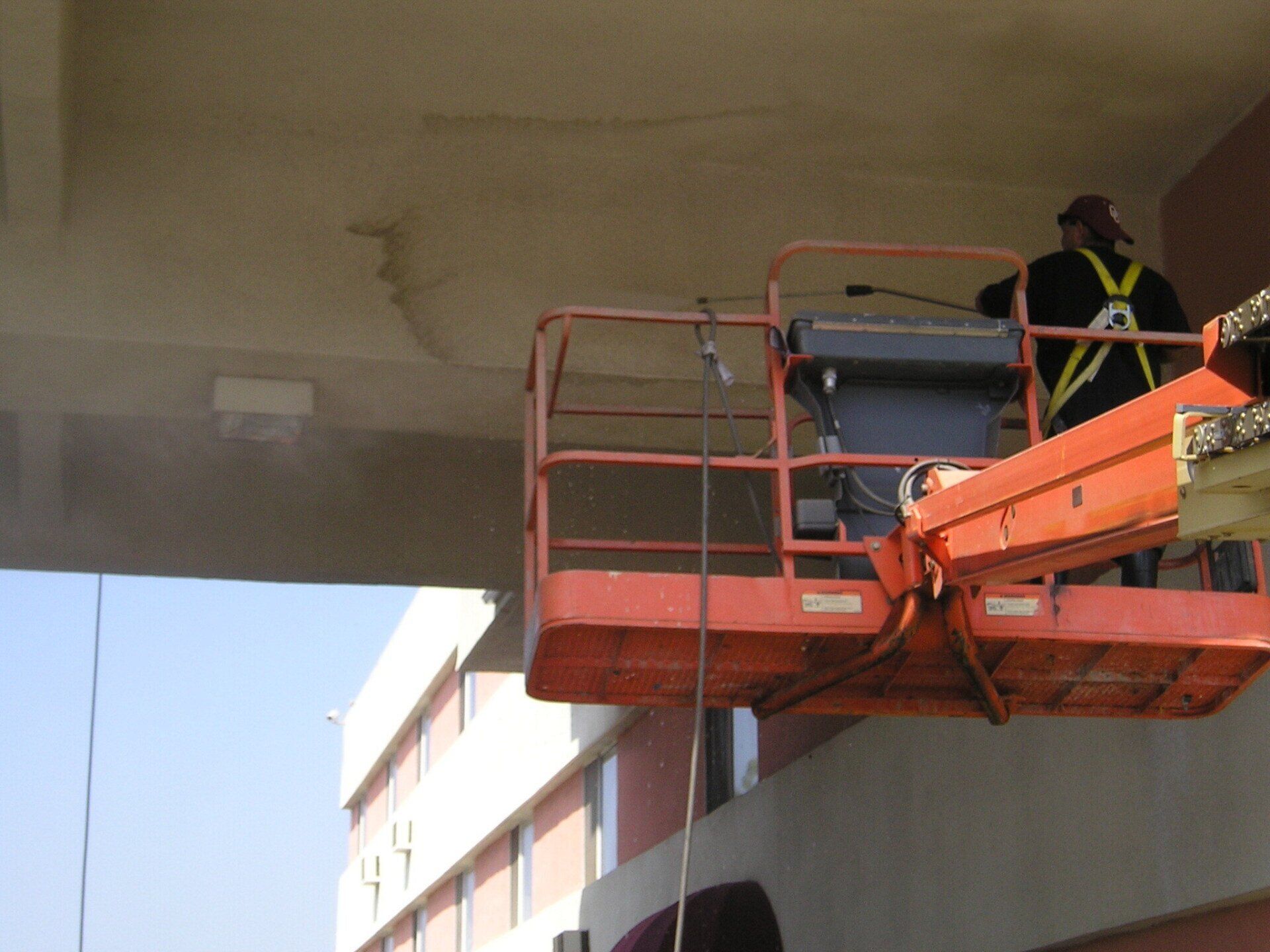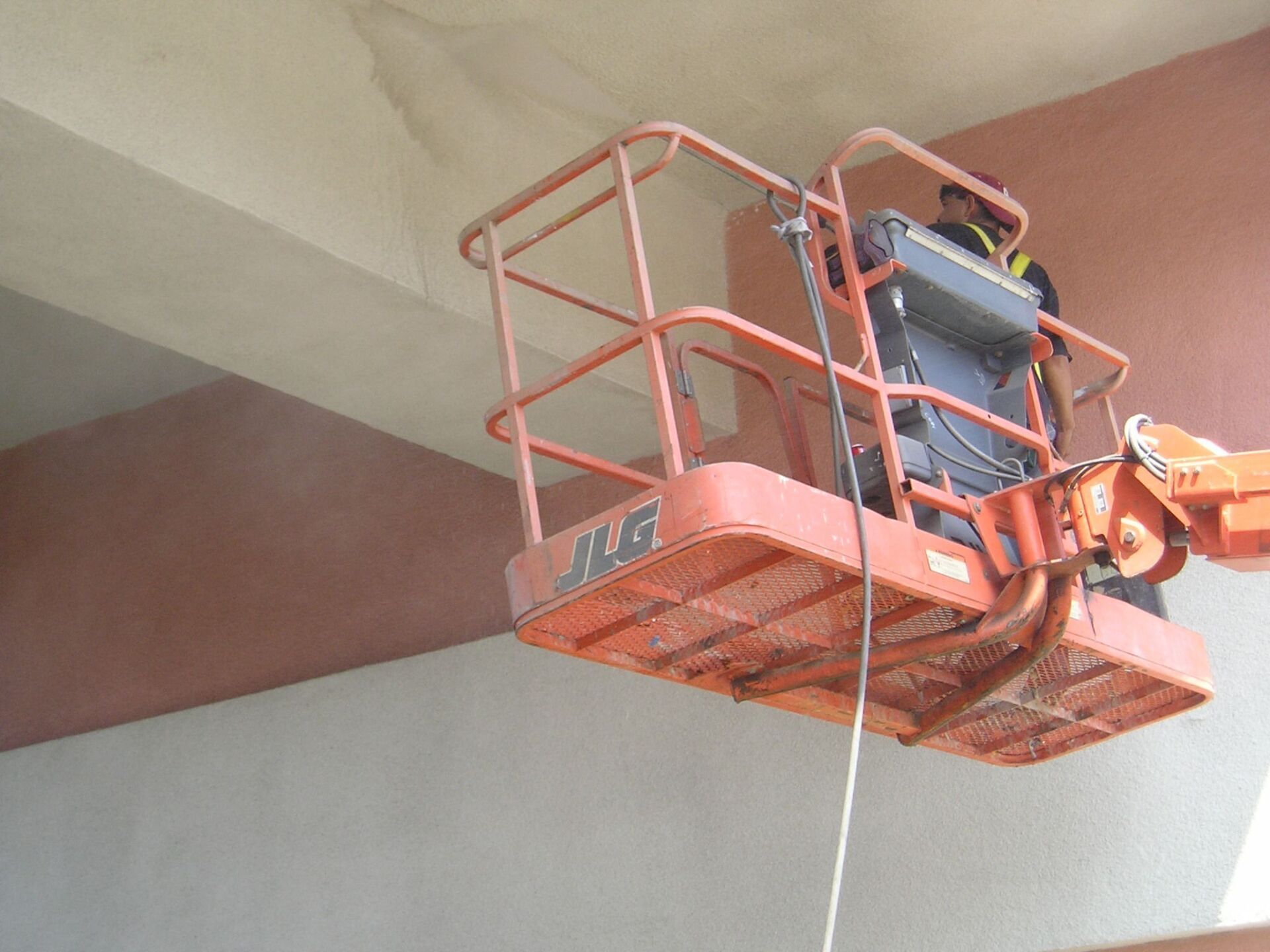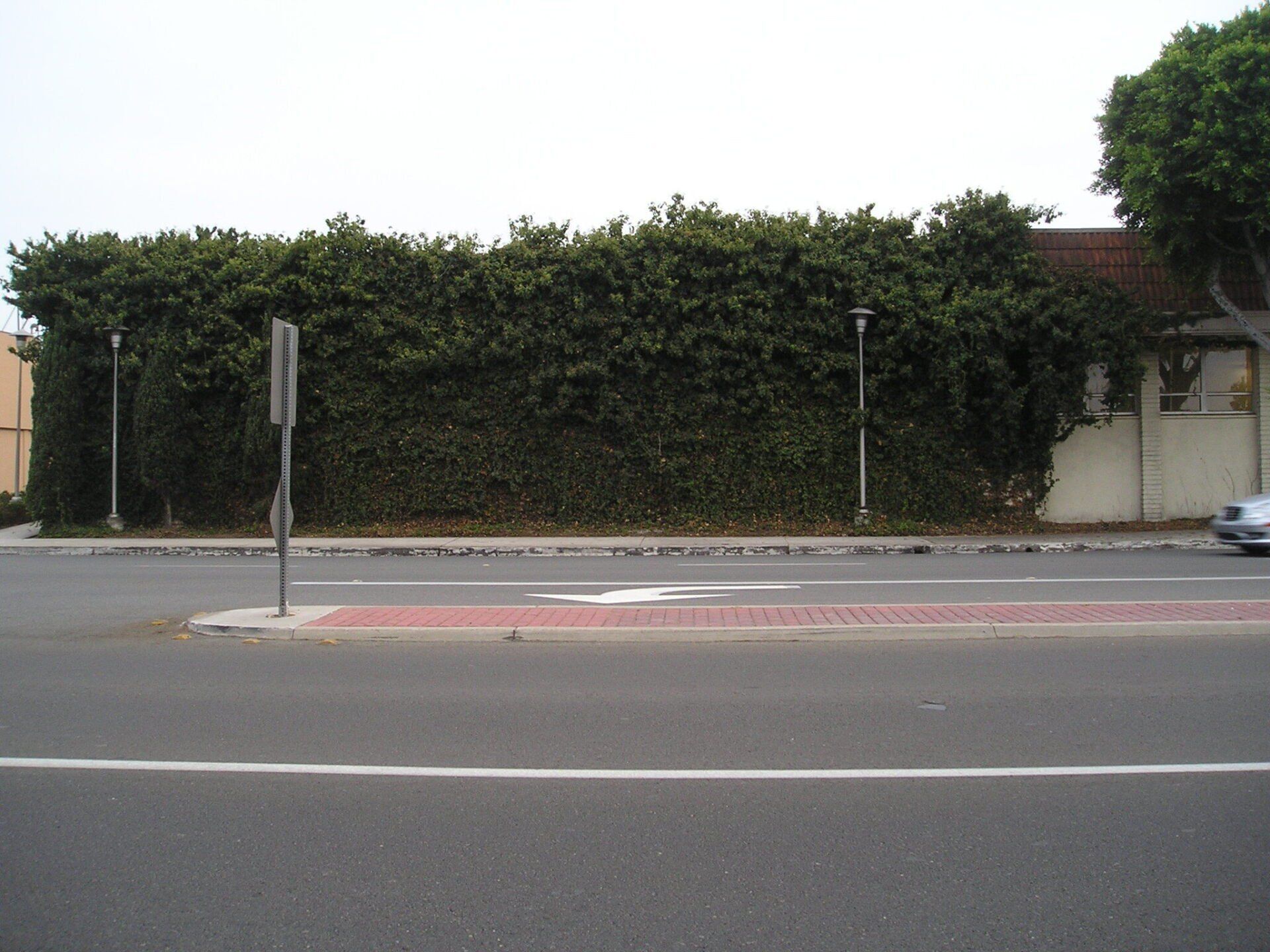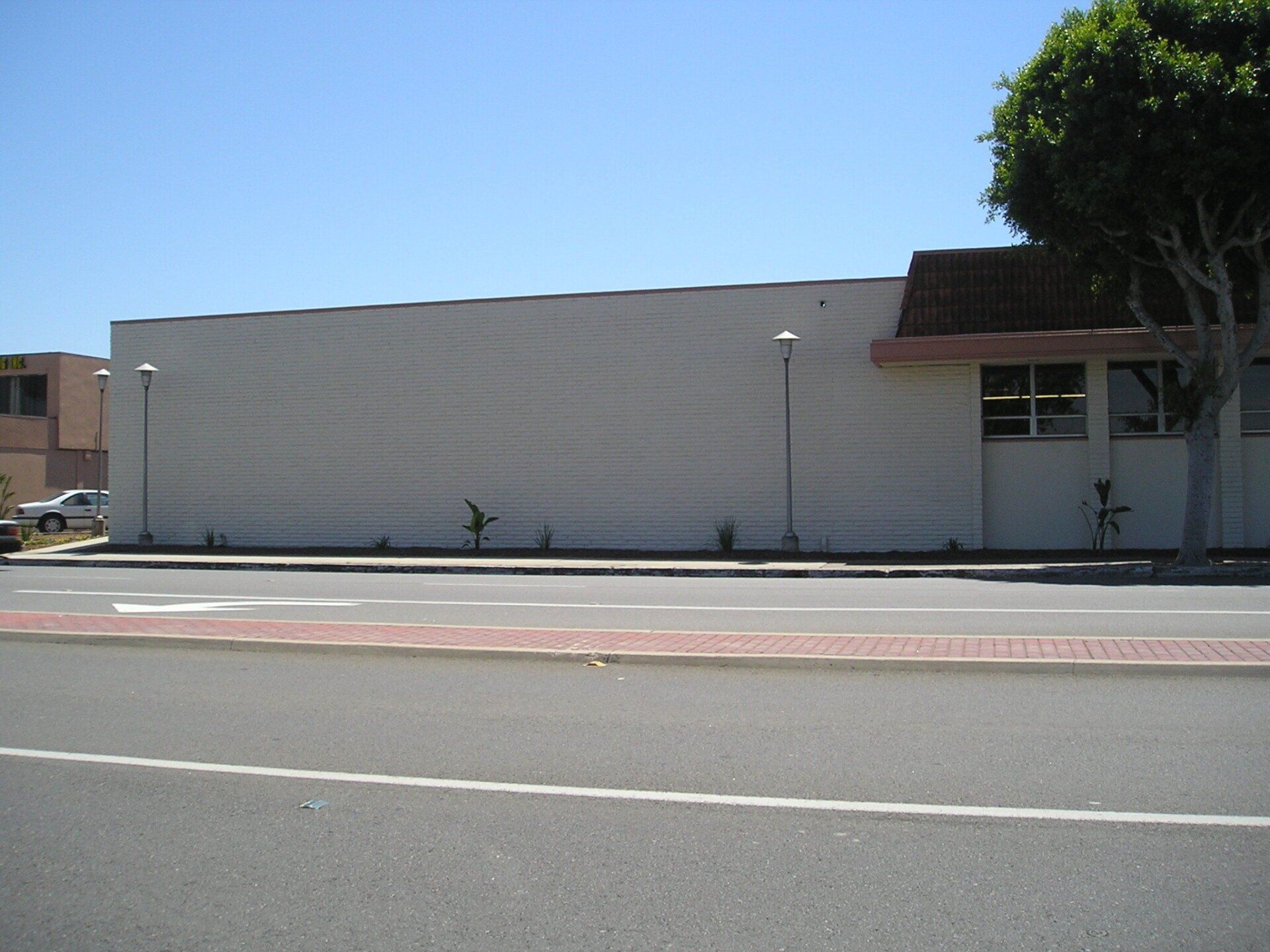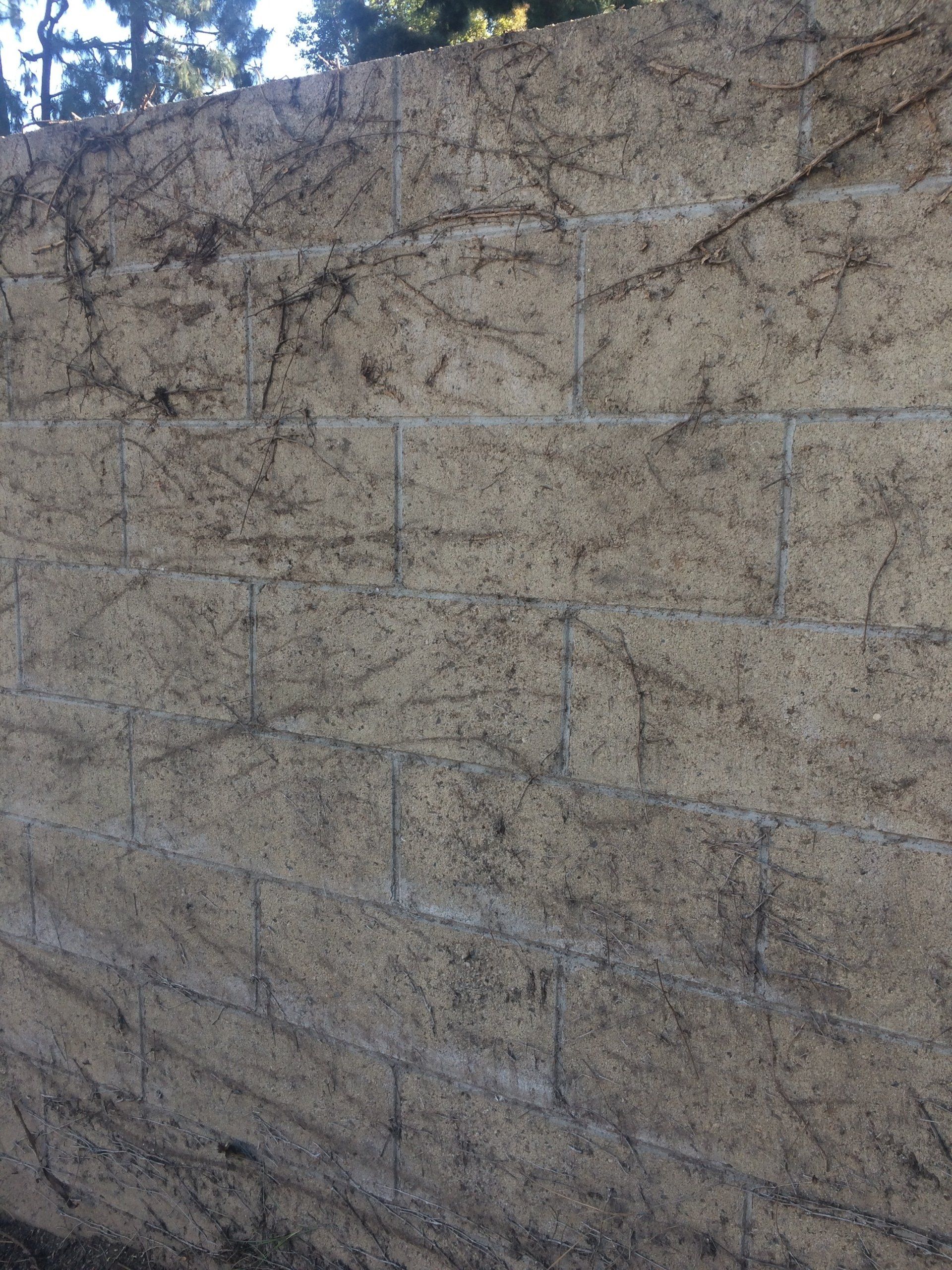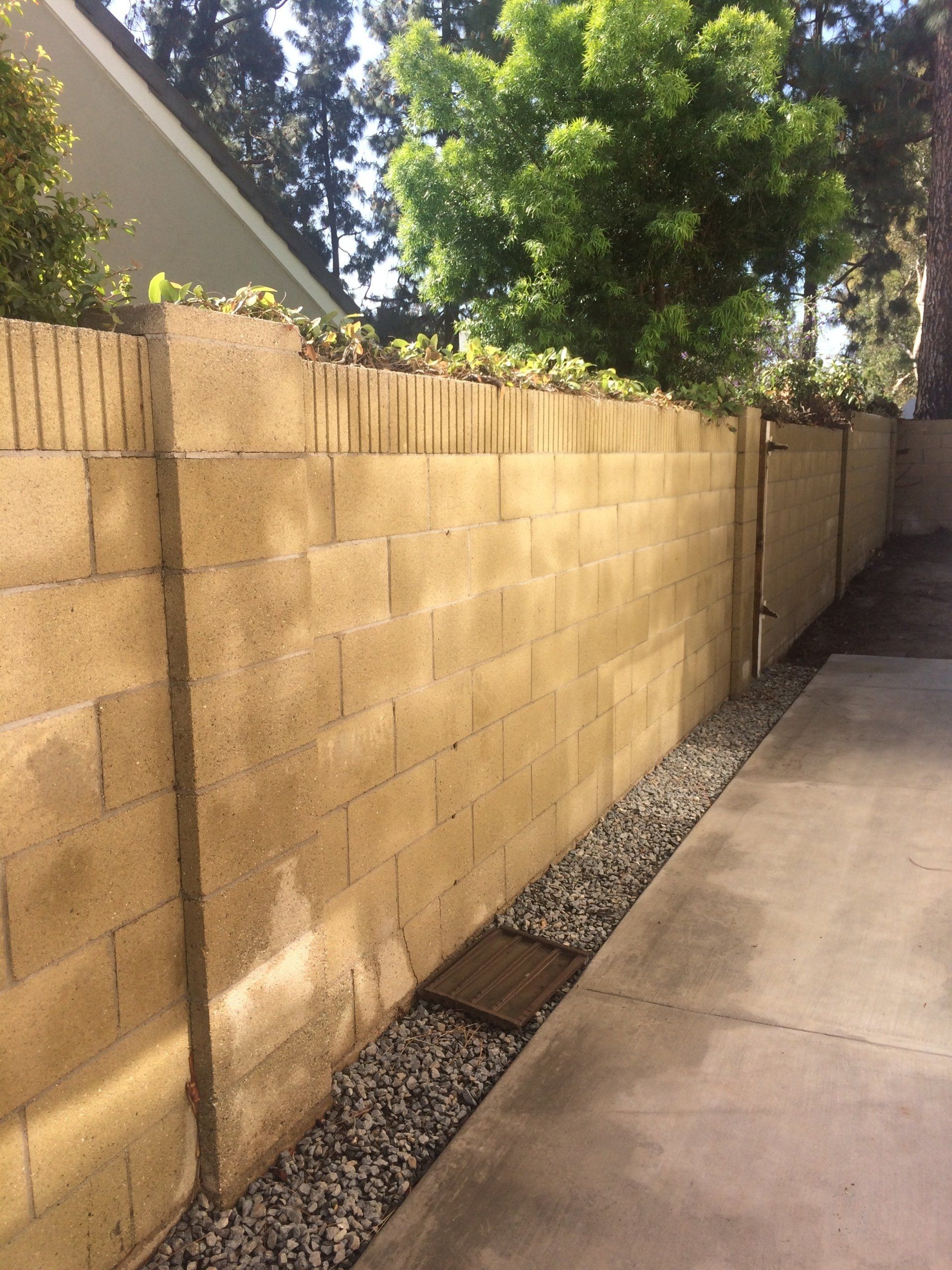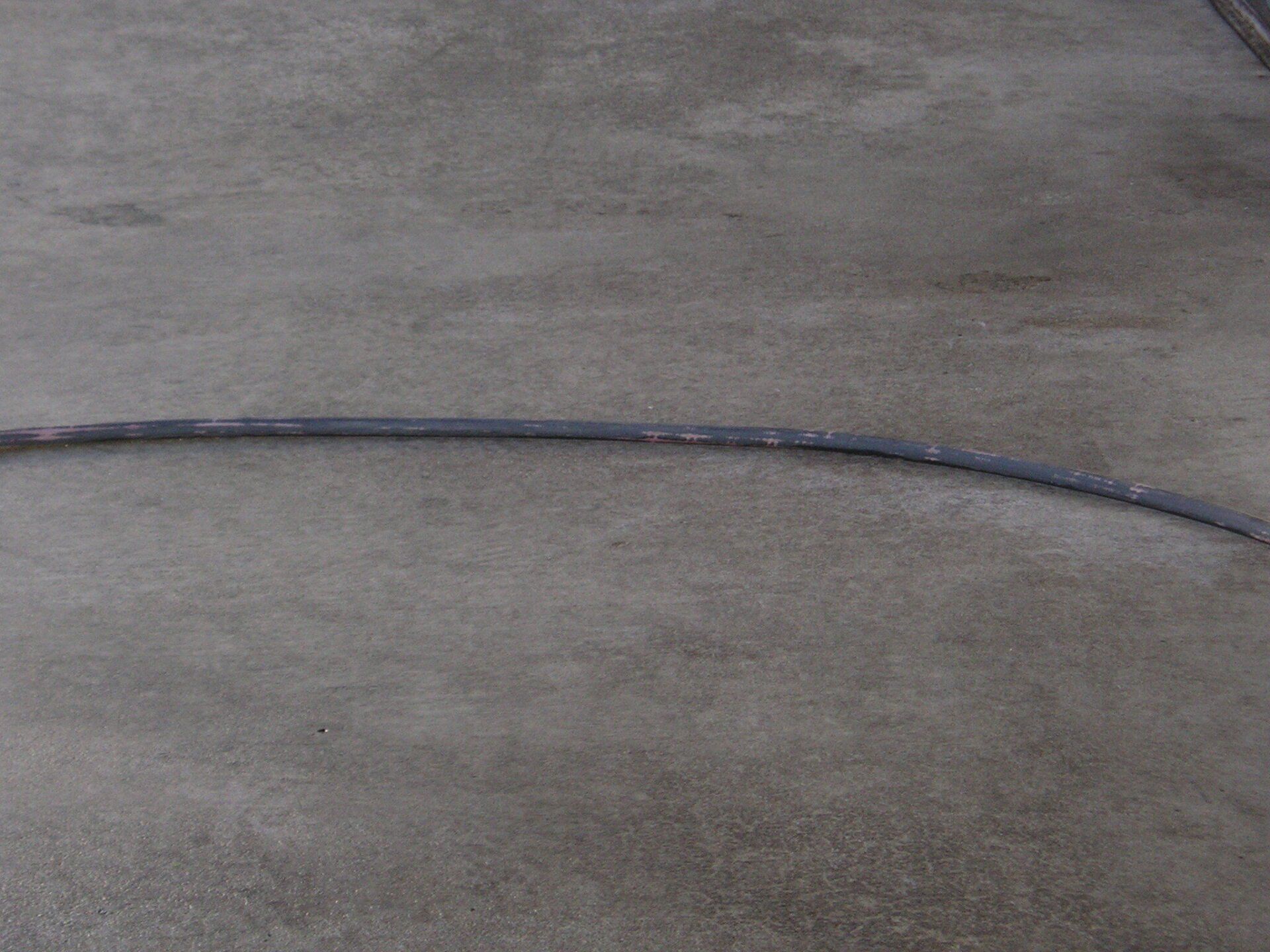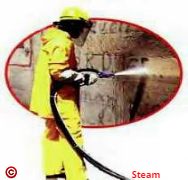
Cleanco Pressure Wash Company
Commercial • Industrial
Professional Exterior Cleaning
ABOUT THE PROPERTY:
MOSS won't grow on a rolling stone, but the brick, stucco, wood, and such on the side of your property is covered with dirt. mold, stain, and stuff looking dull.
Your property has seen brighter, fresher days -- but how to restore its former good looks? Before having scrap paint or tearing out the walls, consider giving your house a bath by hiring a professional pressure wash company.
Not knowing how to use the right pressure and water temperature for the job could easily cause striping or damaging surfaces.
Pressure washing is frequently the first step painters must use before applying a new coat to a house using the right equipment, water pressure and temperature, if the current paint job is still in good condition, it might be the only step required for a fresh new look.
People often think they need a paint job or a new deck until they have it pressure washed.
Pressure washing can get rid of dirt, grime, and mildew from wood, stucco, cement, and most surfaces.
A thorough cleaning usually can takes a few hours, one or two days depending on the size, condition, and location of the cleaning area to be pressure washed.
Pressure washing isn't merely a rinse with the garden hose. Most professional power washers use machines with adjustable pressure up to 4,000 PSI or pounds per square inch using -- enough pressure to cut your hand if you put it in front of the nozzle and temperature up to steam.
Oil Spill, Calcium deposit, and Rust stain must be removed as soon as it appears on any surface before being absorbed by the surfaced material.
NOTE: Old stains, calcium deposits, rust, and paint that are already penetrated on the surface are pretty easy to remove during the beginning stages, but over time they will slowly etch into the surface's pores and be baked on by the sun. Once this happens, it can be virtually impossible to remove them all from the surface.
We do our best to clean them as much as possible without damaging the surface.
Shopping Centers • Business centers •Office Buildings •Government Buildings • Condominiums •
Apartment complexes • Public School • Store Front • Gas Stations • Service Stations • Warehouses • Parking Facilities • Parking structures • Carports & Parking Areas • Stores' shopping carts (SCs) and flat beds cleaning and disinfecting • Compactor area • Organic pads • Trash Dumpers Area • Decks • Docks • Canopies • Awnings • Signs and more...
Cleaning Awning
Don't wait till your awning is filthy to clean it. More frequent cleanings are better for the material because you can use a gentler cleaning process and milder cleaners. There will also be less chance of permanent stains forming. Additionally, most manufacturers
require regular cleaning to maintain the material's warranties. As a rule of thumb, we have found that under normal conditions you should clean fabric awnings 2 to 3 times per year and vinyl awnings 3 to 4 times per year
Protecting Awning
Prevent Objects From Touching Your Awning Wind will cause anything that is resting on the awning to whip back and forth creating permanent abrasions and stains. So keep branches and palm fronds cut back, and do not tie advertising banners or flags to your awning. Debris And Bird Droppings:
Remove branches, leaves and other debris from the awning as soon as possible. They can cause staining and the weight of these objects (especially when wet) can cause the fabric to stretch.
Bird droppings can be a real problem. The residue is acidic and can cause color fading on almost all types of material. It is a particular problem on eradicable materials. So rinse them off when you see them.
Deck Cleaning Services
To protect wood decks or other structures exposed to constant shade, which promotes the growth of mildew, consider using a water- repellent coating with a preservative. The preservative will give added protection against fungal growth, including mildew, mold, rot and decay organisms.
Protecting Wood Deck
To protect wood decks or other structures exposed to severe heat and sun exposure, we use an acrylic stain with transparent iron oxide or opaque pigments. Coatings with this make-up will provide longer color retention than transparent stains or toners, giving your wood maximum protection against graying and surface degradation.
Business Hours
- Mon - Fri
- -
- Sat - Sun
- -
Services are available 24 / 7


Contact information
Phone: 949-222-2242
Emergency contact after 6PM on Weekdays and Weekends:
800-541-1948 or 714-235-5117
Fax: 951-340-1948
Email: cleanco_us@yahoo.com
- Commercial General Liability
- Commercial Pollution Insurance
- Licensed
- Worker’s Comp
- DIR (Public Work) Registered
Content, including images, displayed on this website is protected by copyright laws. Downloading, republication, retransmission or reproduction of content on this website is strictly prohibited.
